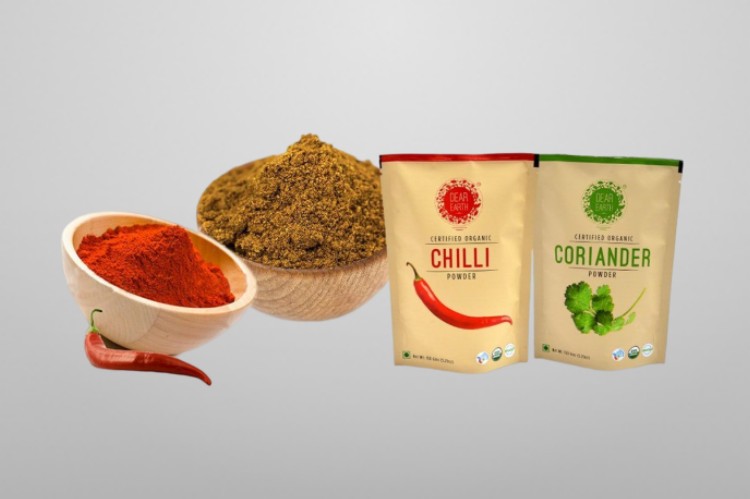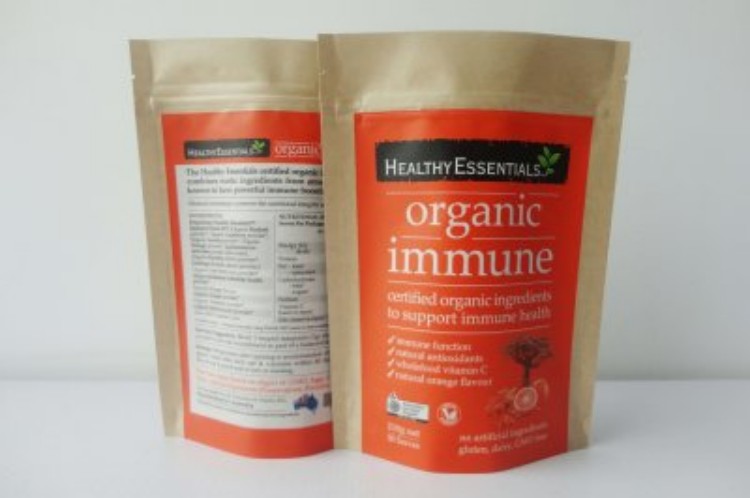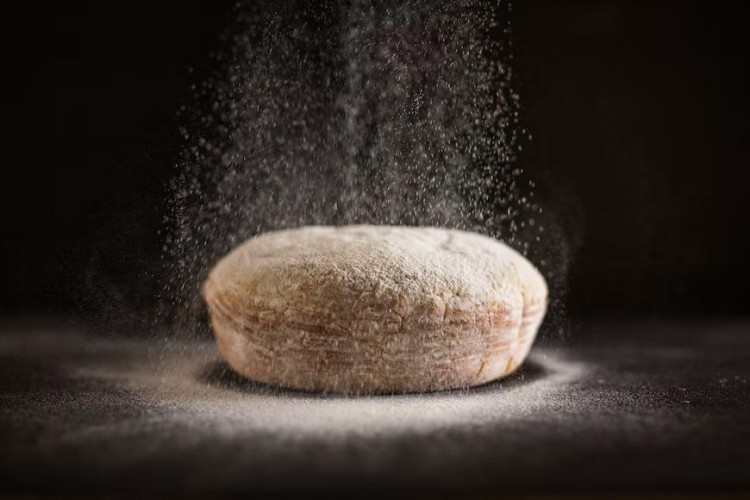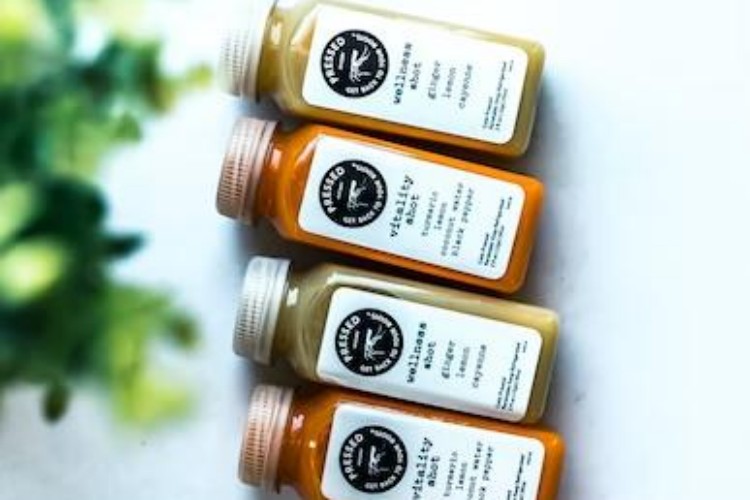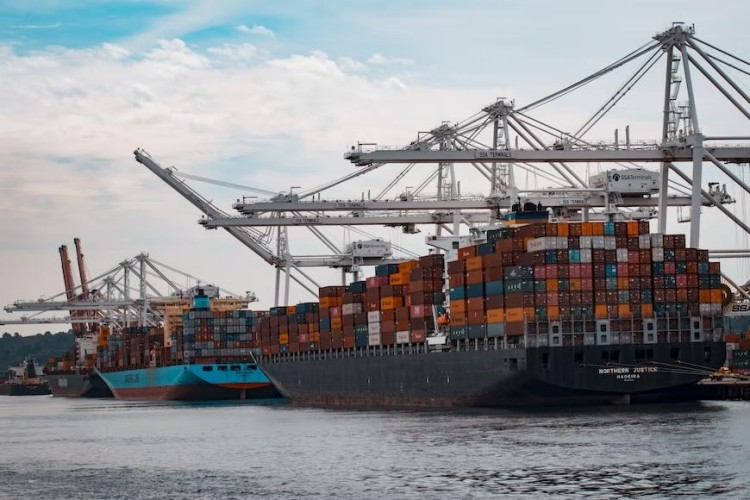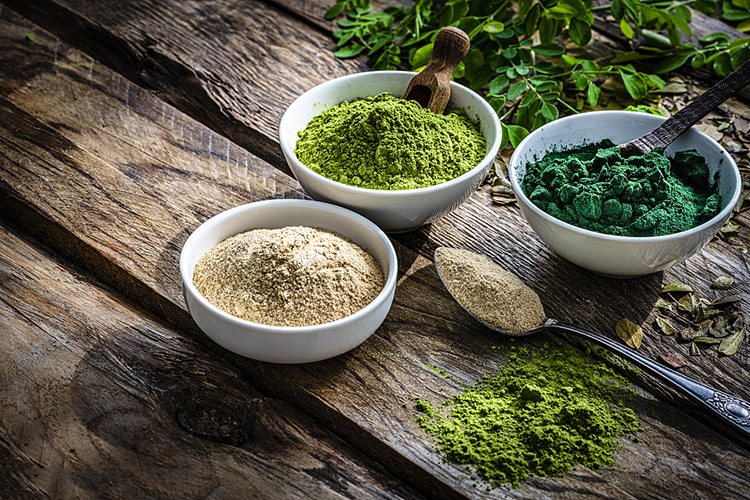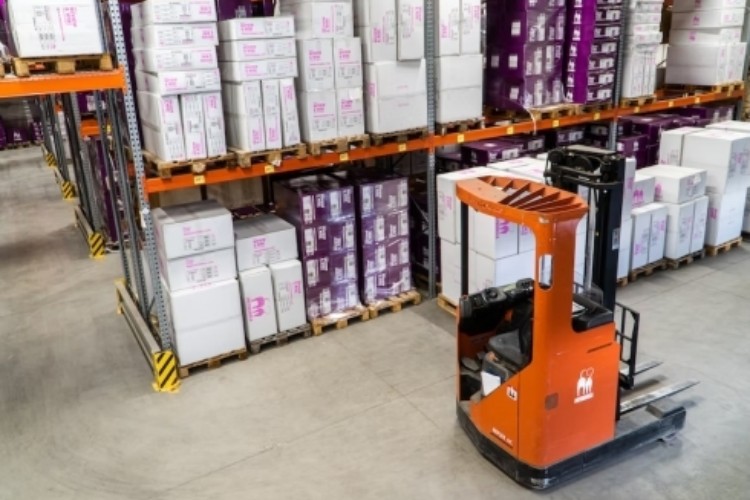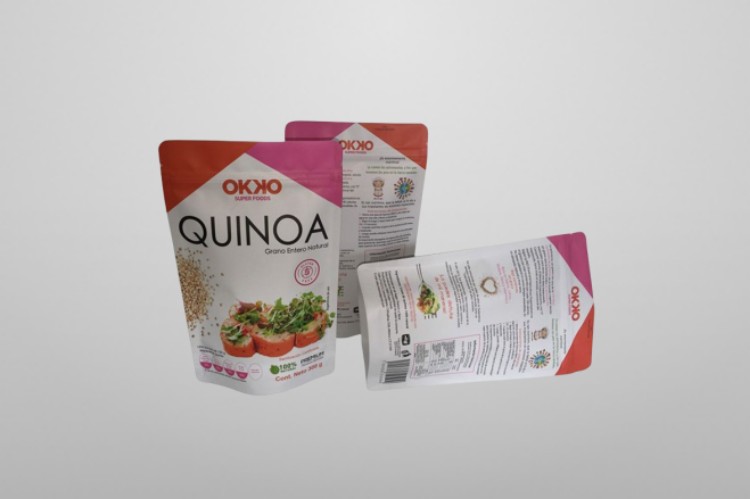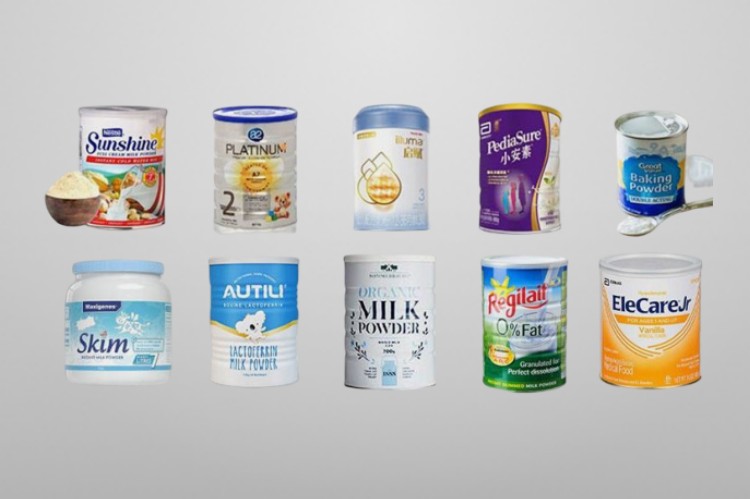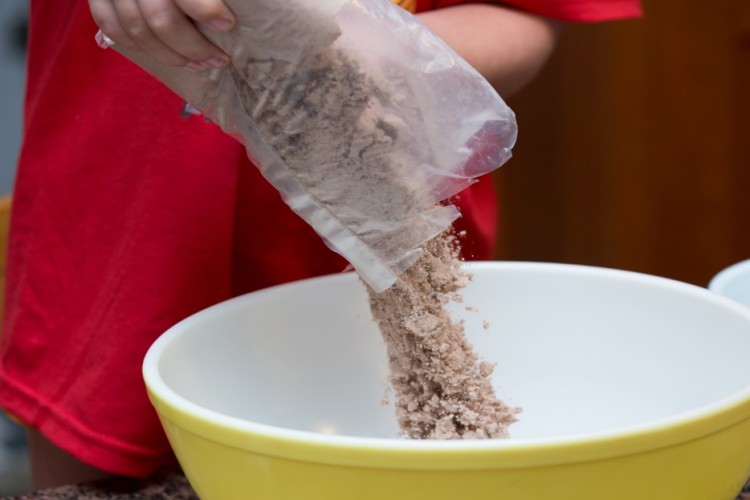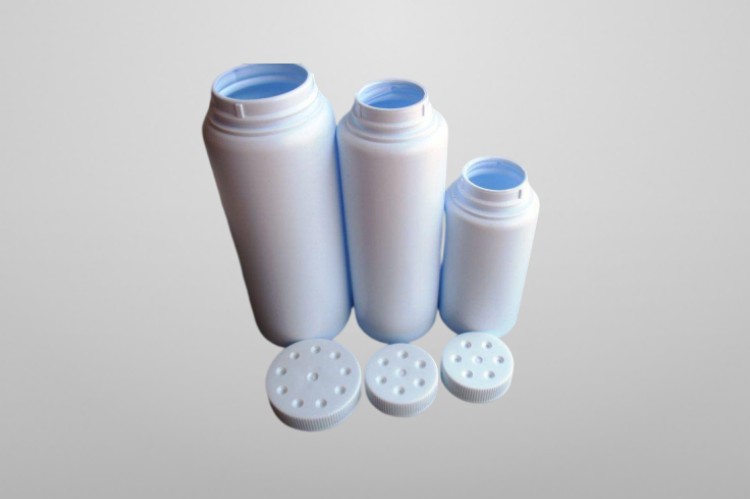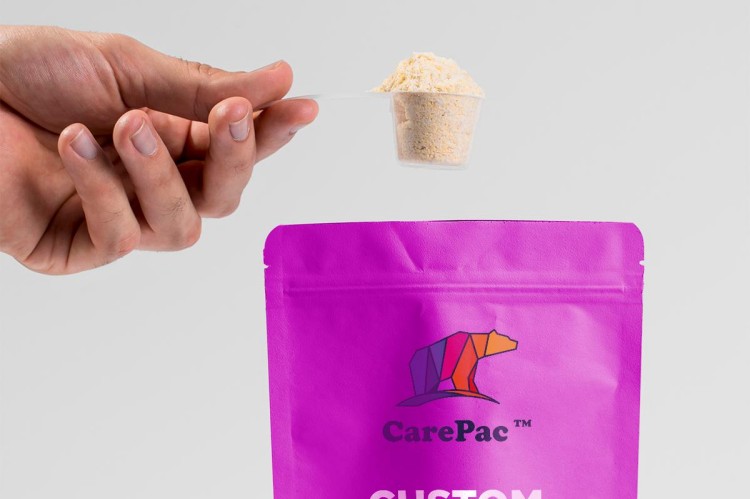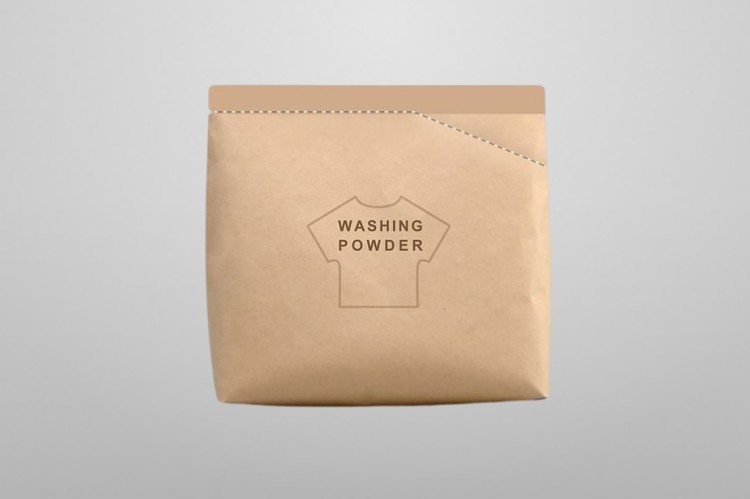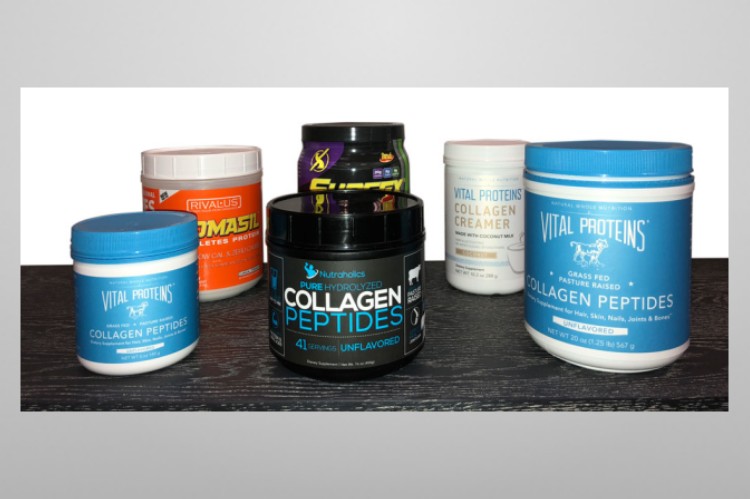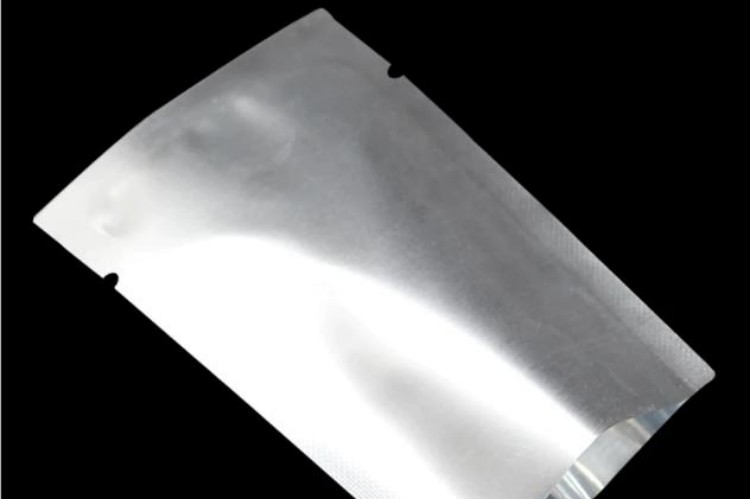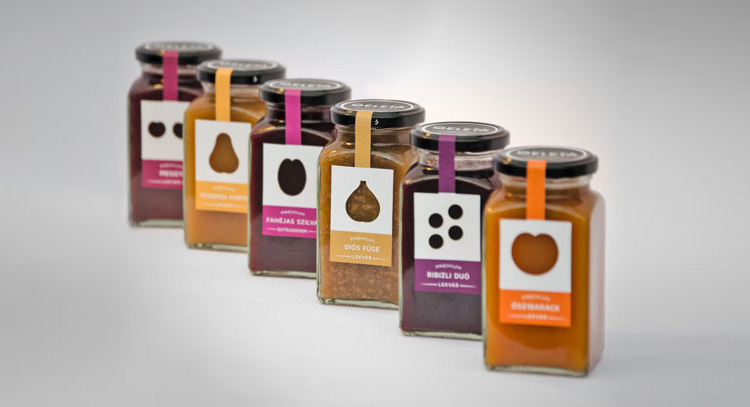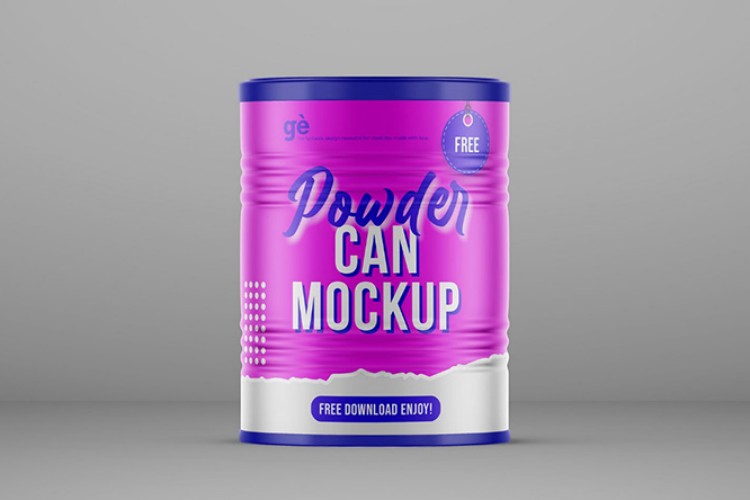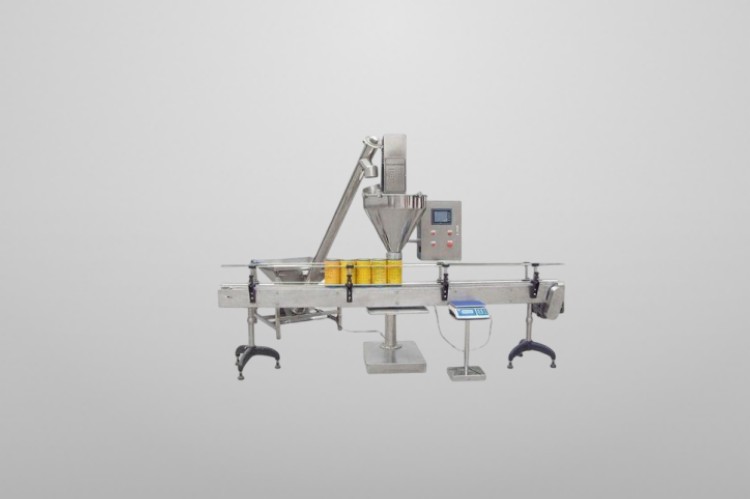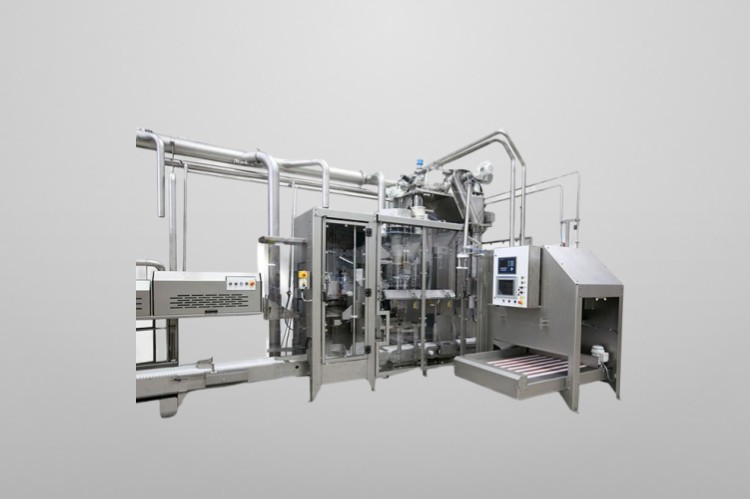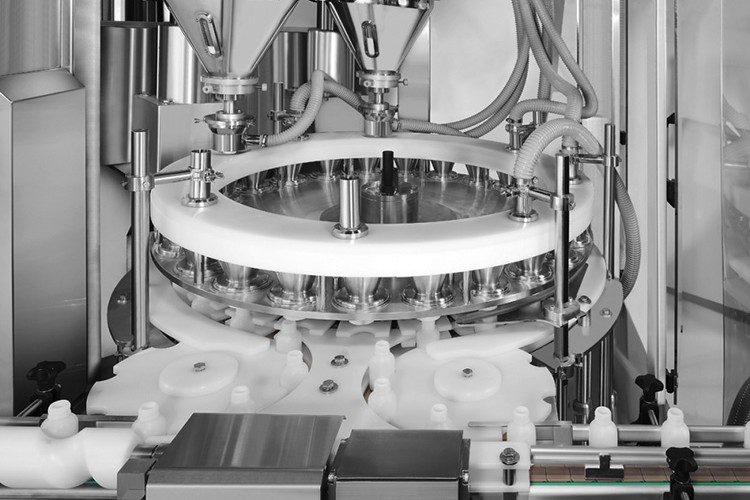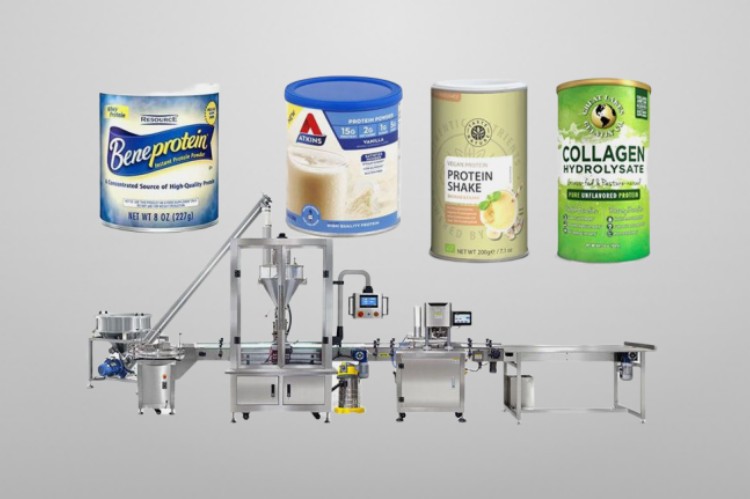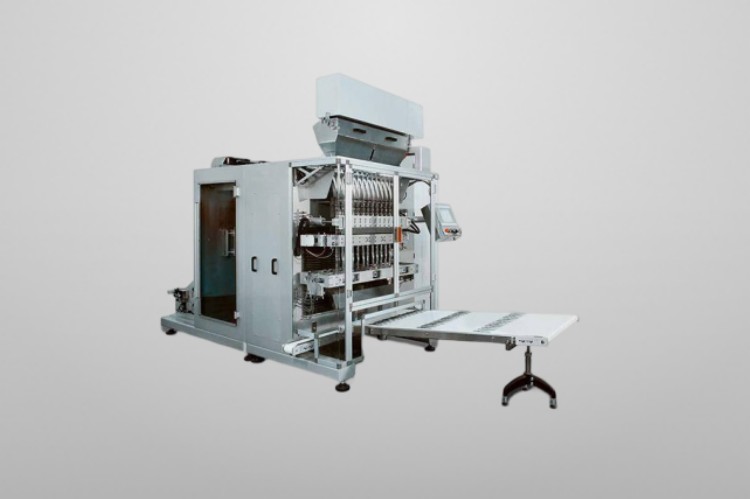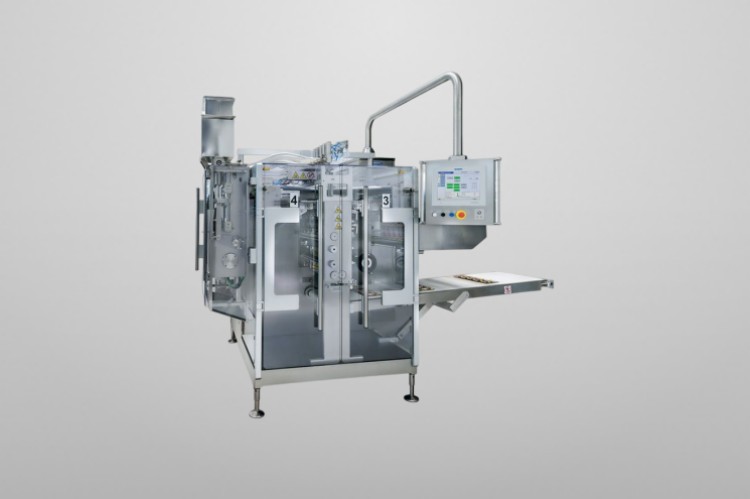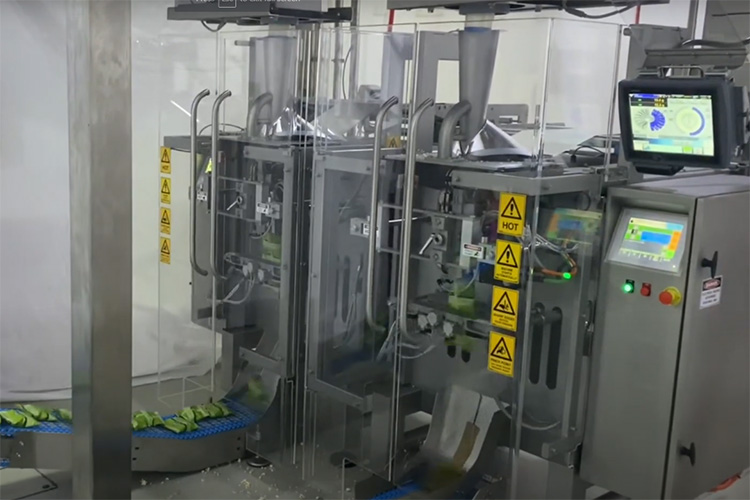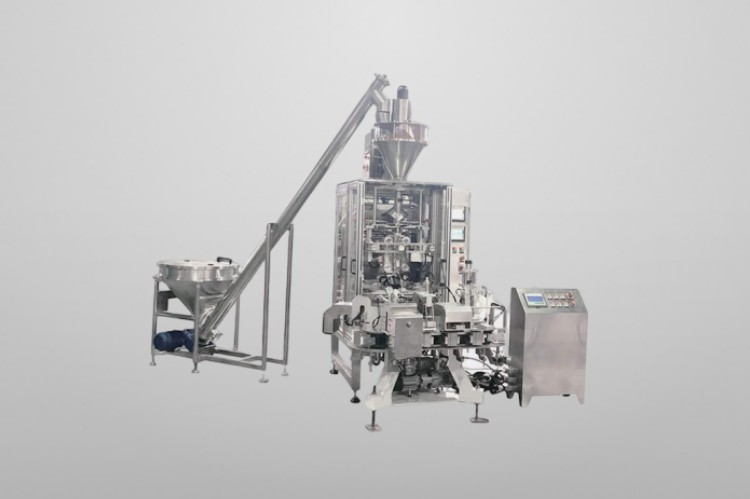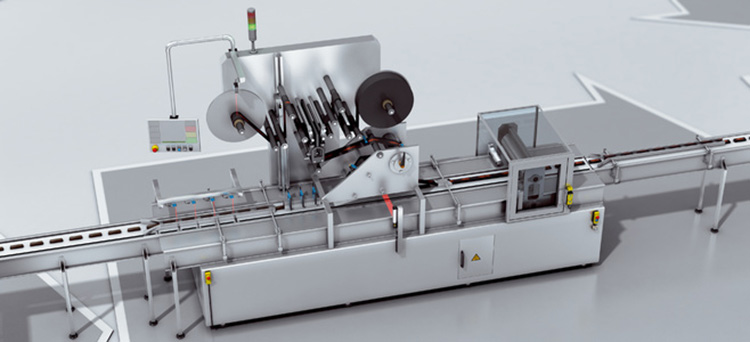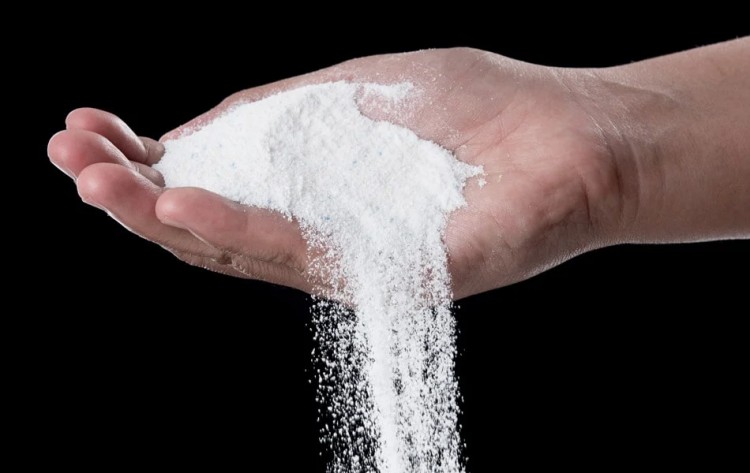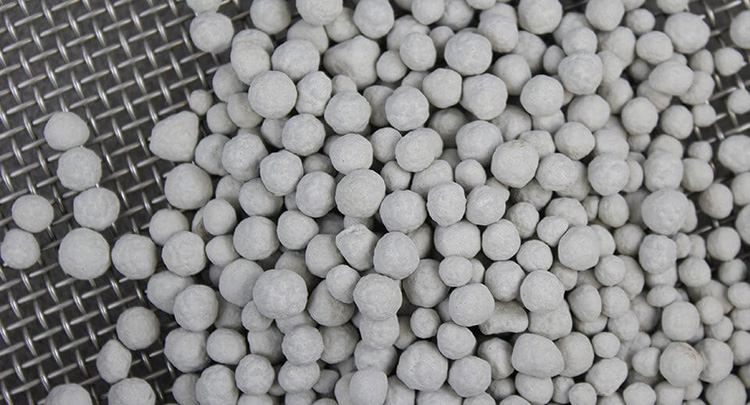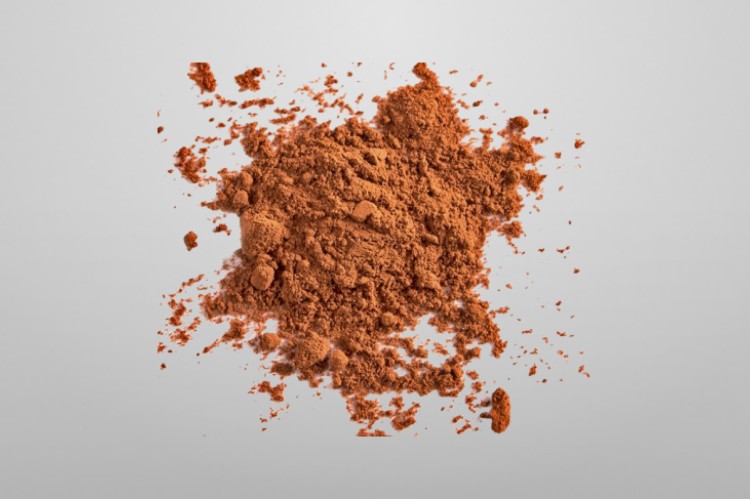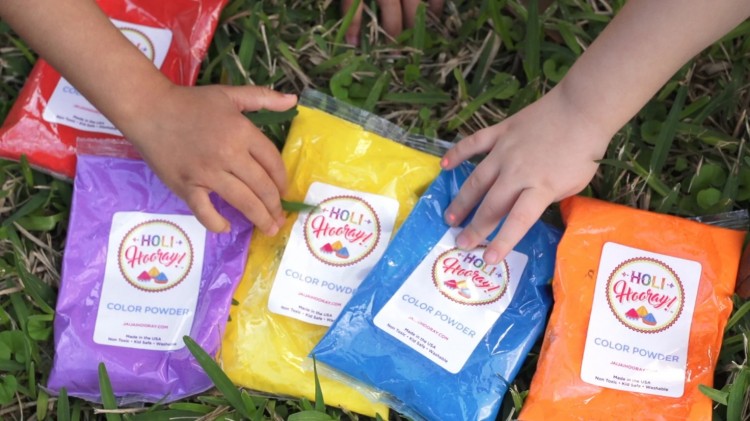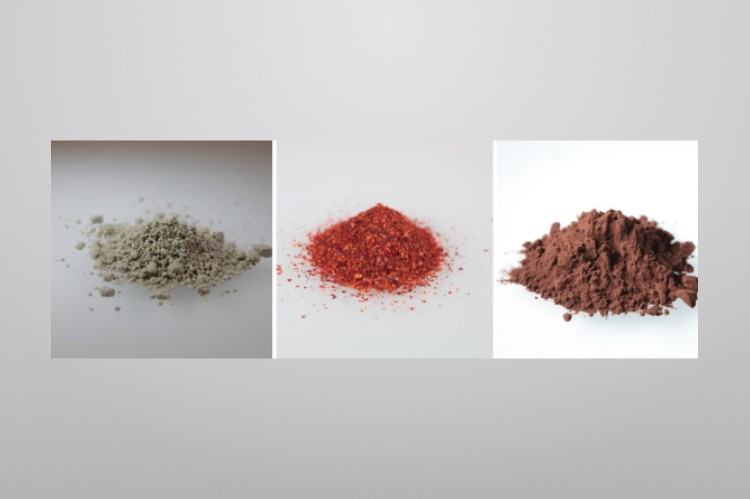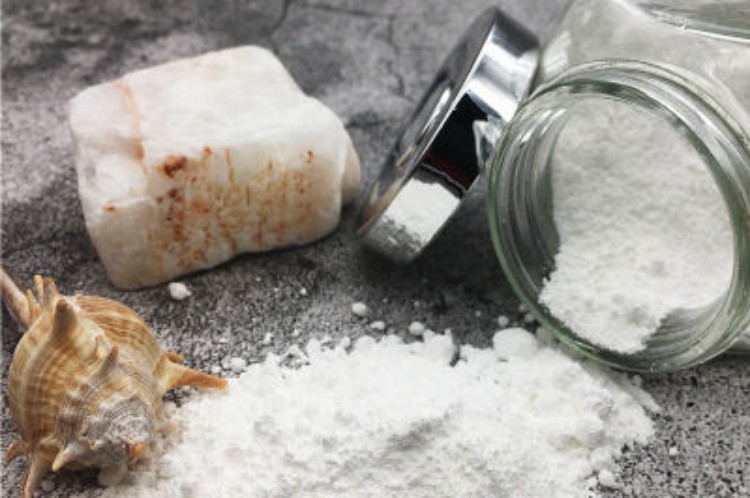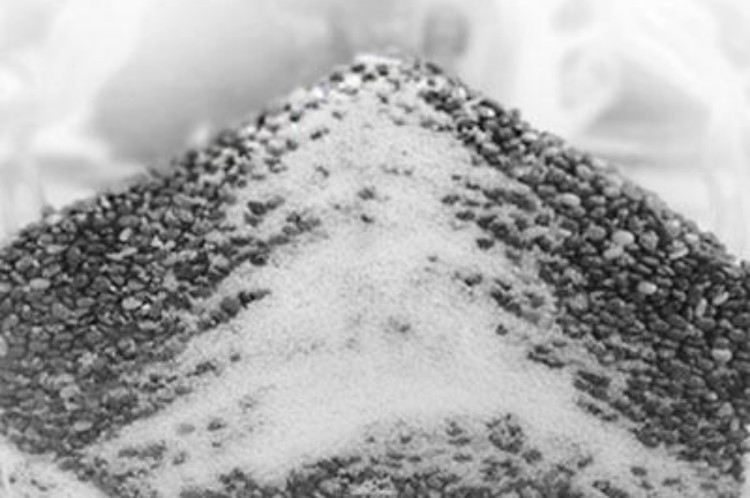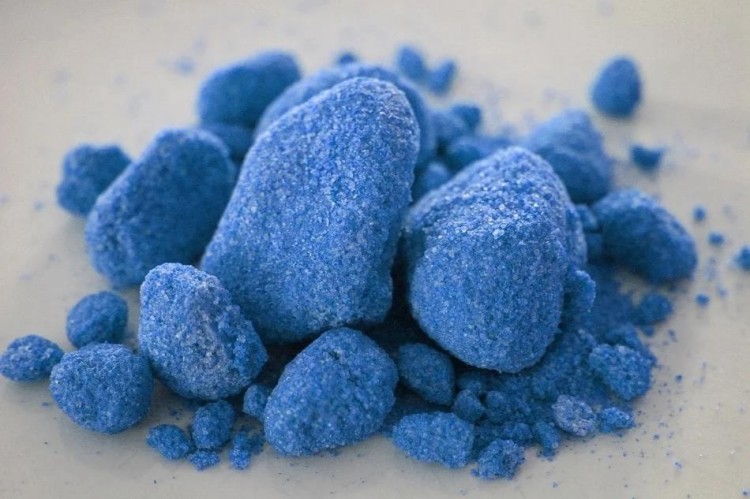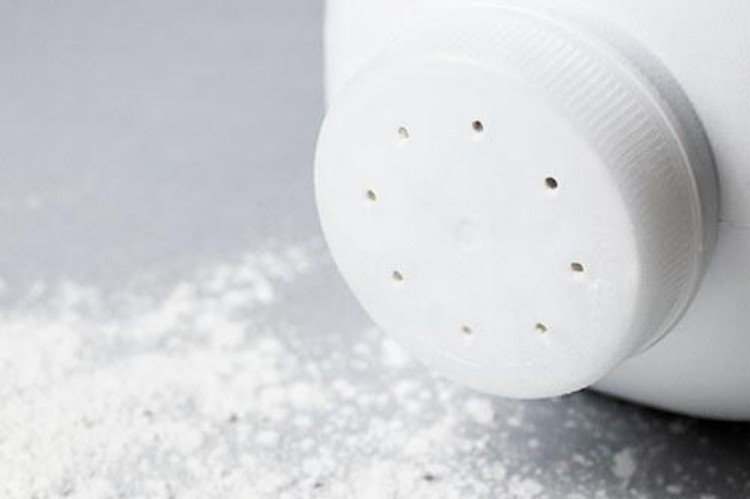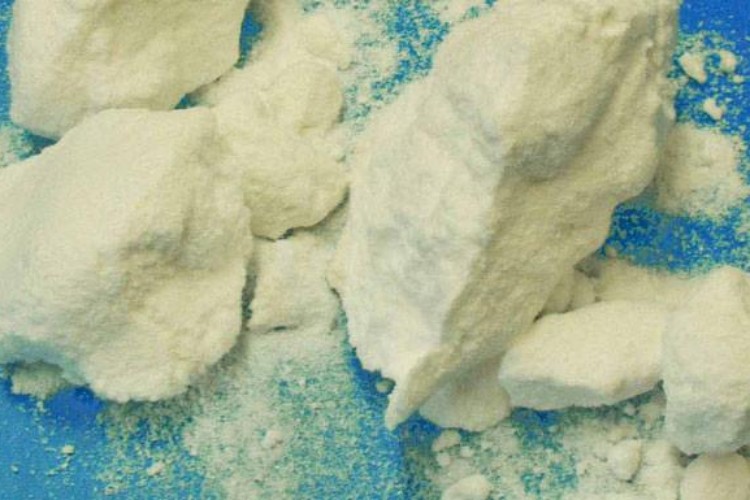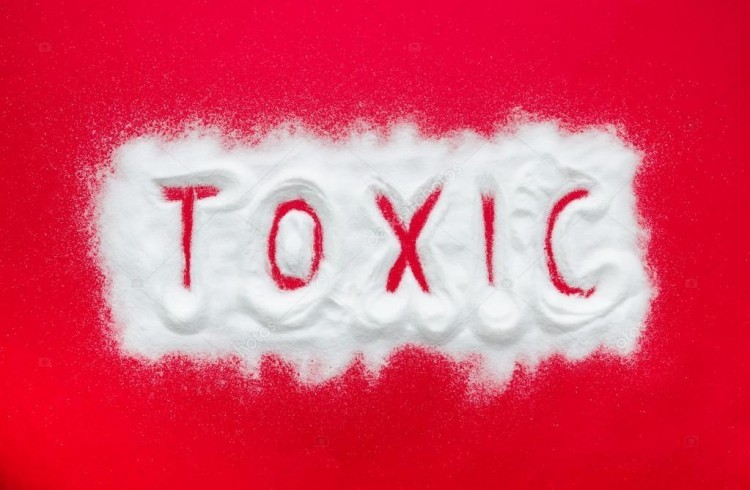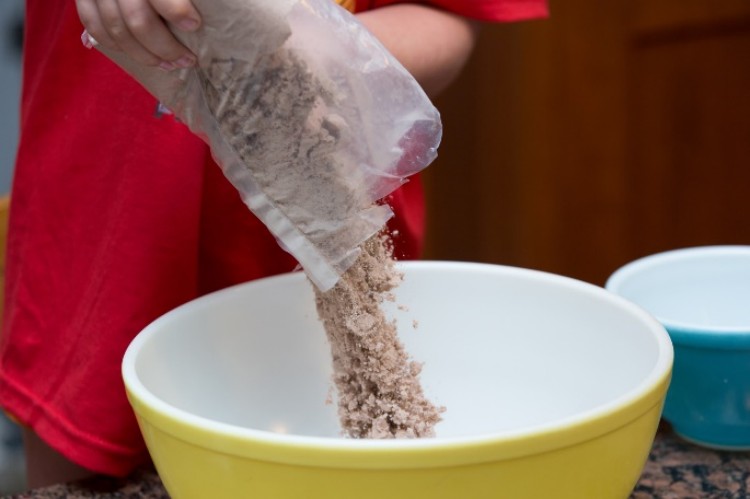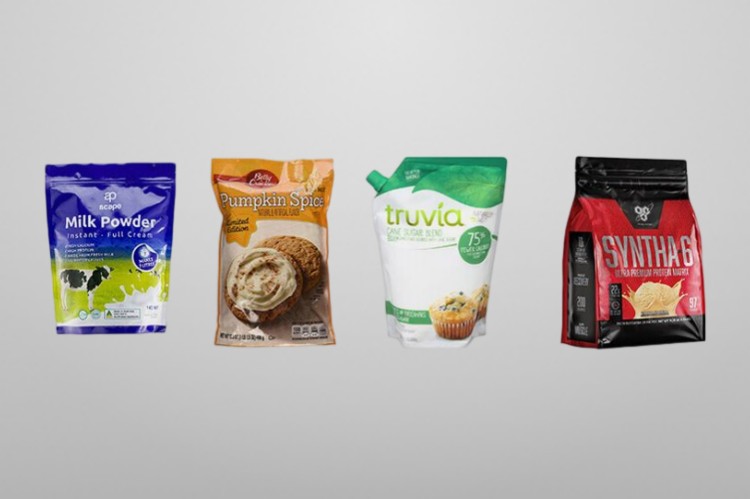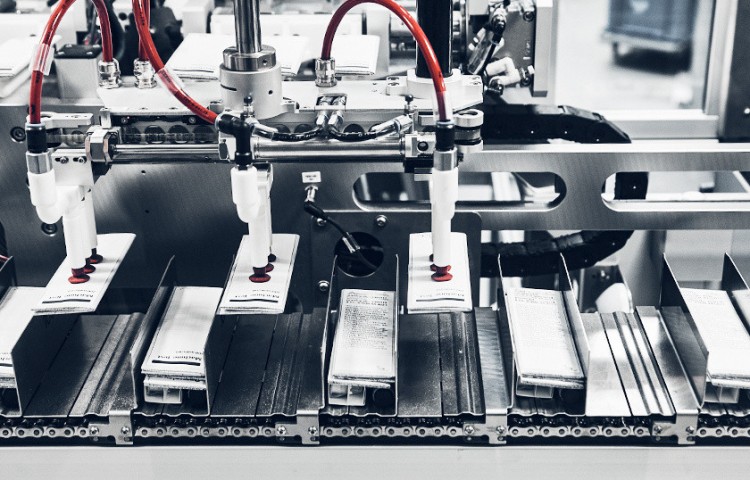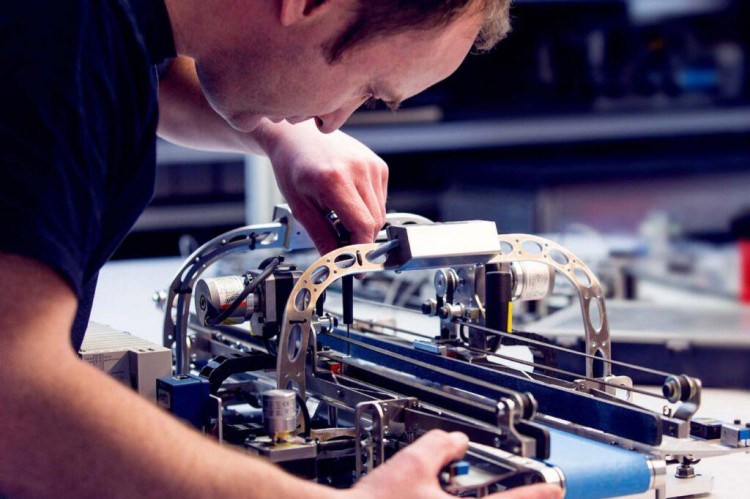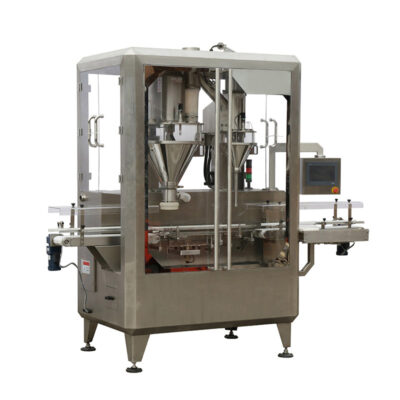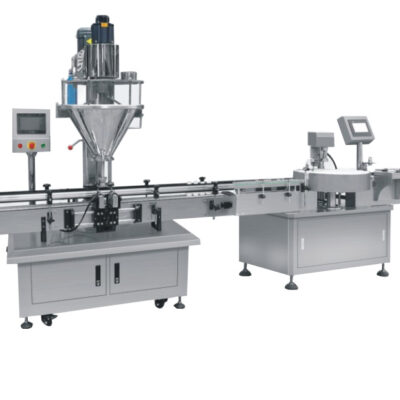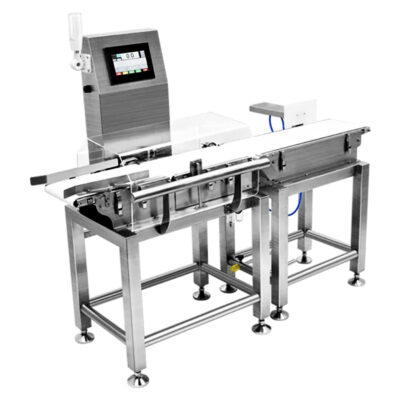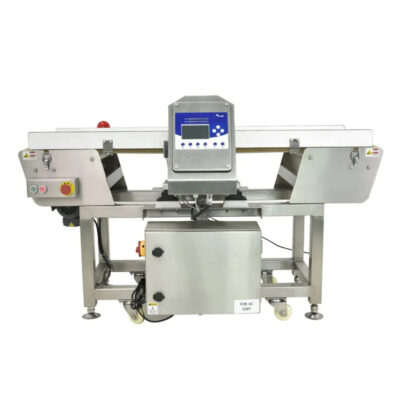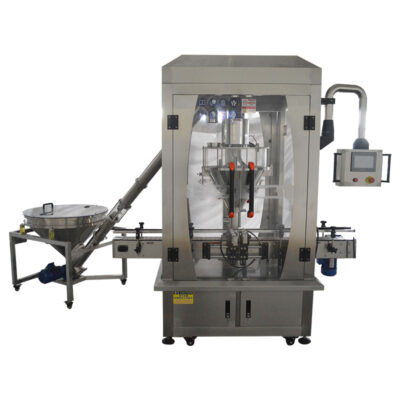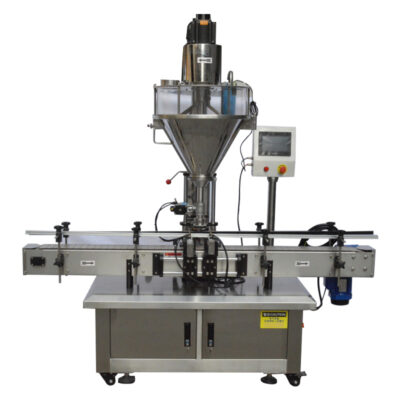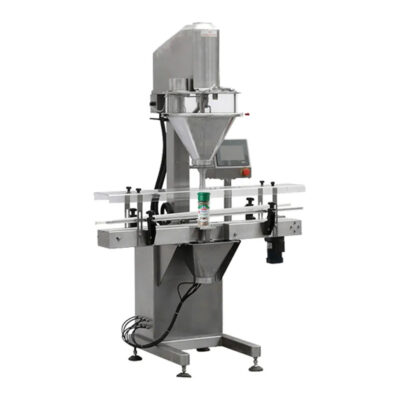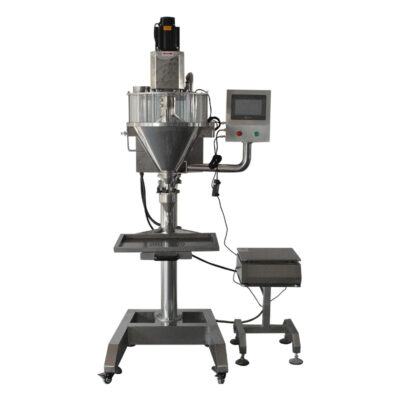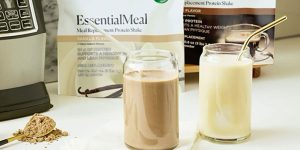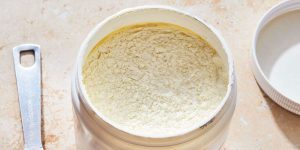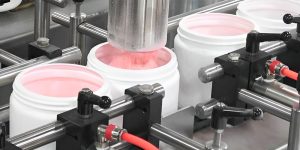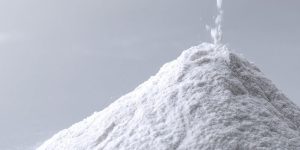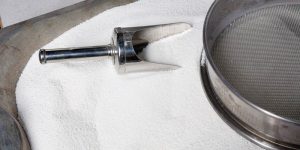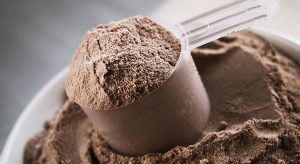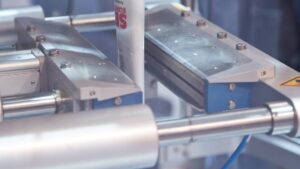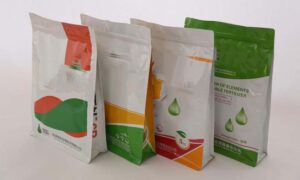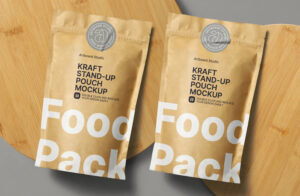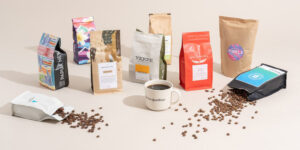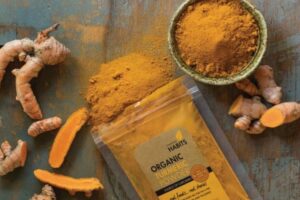Dry Powder Packaging: The Complete FAQ Guide In 2025
Are you ready to get a handle on dry powder packaging?
Dry powders may be small, but they pack a punch when it comes to the unique challenges they present in the world of packaging.
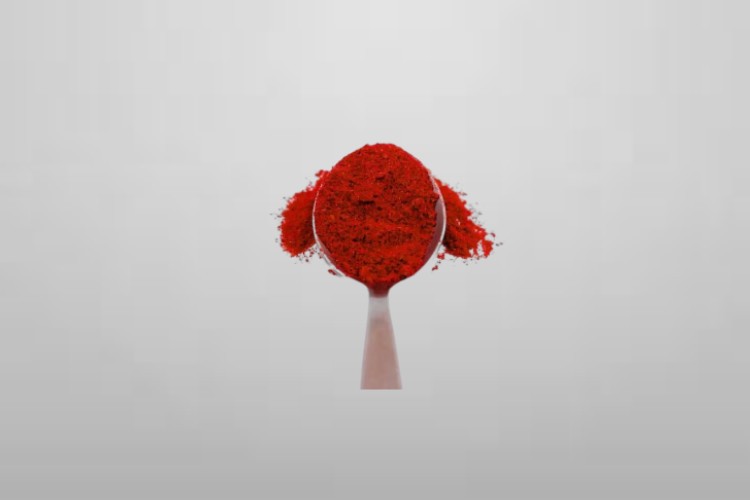
From pharmaceuticals to food products and chemicals, these materials require special care to ensure their integrity and effectiveness. That's where you come in! In this blog, we'll explore the exciting and ever-evolving world of dry powder packaging and answer the most asked questions related to it.
From the latest technologies and techniques to tried-and-true best practices, we've got you covered.
1.What Is Dry Powder Packaging?
Dry powder packaging refers to the process of enclosing and protecting dry powders in containers or packaging materials for storage, transportation, and handling. Dry powders are a type of particulate matter that is often used in the pharmaceutical, food, and chemical industries, among others. These materials can be sensitive to moisture and other environmental factors, and therefore require special care in terms of packaging and handling to ensure their effectiveness and integrity
2.How Did Dry Powder Packaging Emerge?
Dry powder packaging has likely been in use for centuries, as humans have been using and storing dry powders for a wide range of purposes for a long time. However, the specific technologies and techniques used in dry powder packaging have evolved over time as the needs and capabilities of different industries have changed.
In the early days of dry powder packaging, simple containers made of materials like clay and wood were likely used to store and transport these materials. As technology advanced, more sophisticated packaging materials and methods were developed, including metal cans, cartons, and bags made of various materials. Today, there is a wide range of methods and technologies available for dry powder packaging, and the field continues to evolve as new needs and challenges arise.
3.Why Is Dry Powder Packaging Important?
Dry powder packaging is important for a number of reasons, particularly in the pharmaceutical, food, and chemical industries, where dry powders are widely used. Some of the key reasons why dry powder packaging is important to include:
Protecting The Integrity Of The Dry Powder
Dry powders are particularly susceptible to degradation due to moisture, heat, and other environmental factors. Proper packaging can help protect these materials from losses in effectiveness.
Ensuring Safety And Quality
Proper packaging and handling of dry powders can help make sure that they remain uncontaminated and retain their quality during storage.
Facilitating Storage And Transportation
Dry powder packaging allows for the safe and efficient storage and transportation of these materials, enabling them to be moved and stored without compromising their integrity or effectiveness.
Meeting Regulatory Requirements
In many industries, there are specific regulations and guidelines in place regarding the packaging and handling of dry powders. Proper packaging helps to ensure compliance with these requirements.
Overall, dry powder packaging plays a critical role in protecting the integrity, safety, and quality of these materials, and facilitating their storage, transportation, and handling
4.What Are The Benefits Of Dry Powder Packaging?
When it comes to dry powder packaging, there are many benefits that come along with it. For one, it provides an easy and convenient way to store and transport dry powders. Additionally, dry powder packaging can help to keep your dry powders fresh for longer periods of time, as well as protect them from environmental factors such as moisture and oxygen.
Dry powder packaging is also a great option if you are looking for a more sustainable option, as it eliminates the need for single-use packaging materials such as plastic bags or containers. Additionally, dry powder packaging is often made from recycled materials, which further reduces its environmental impact.
5.What Are The Different Styles Of Dry Powder Packaging?
There are several different styles of dry powder packaging, including:
Bag-In-Box
This type of packaging involves placing a bag containing the powder inside a box. The bag is usually made of plastic or foil and sealed to keep the contents fresh.
Pouch
A pouch is a flexible bag made of plastic or foil that is used to package dry powders. Pouches can be resealable, which makes them convenient for storing and using the powder over time.
Containers or Jars
A drum is a cylindrical container with a removable lid that is used to package larger quantities of dry powder. Drums are often made of metal or plastic and have a small opening at the top for dispensing the powder.
Bags
A bag is a simple, flexible container made of plastic or paper that is used to package dry powders. Because bags are not resealable like cans or jars, they're often not an appropriate packaging solution for large amounts of powder.
Vials
Dry powder packaging in vials is a common method for packaging and storing dry powders, such as pharmaceuticals, vitamins, and supplements. Vials are small, cylindrical containers made of glass or plastic, and they are equipped with a rubber stopper or cap to keep the contents airtight and prevent contamination.
Bottles
Bottles are a common method for storing and distributing dry powders. One of the main advantages of packaging dry powders in bottles is that they are relatively inexpensive and widely available. Bottles are also easy to label and can be stored and transported easily.
6.How Does Dry Powder Packaging Work And Protect Your Product?
Dry powder packaging works by enclosing the powder in a container that is designed to keep it fresh and free from contaminants. The specific design of the container will depend on what type of product is being packaged (e.g., food or pharmaceutical) as well as its intended use.
Some common features of dry powder packaging include:
| · Airtight Seals Airtight seals, such as those found on bag-in-box packaging or resealable pouches, help to keep oxygen and moisture out of the package, which can help to preserve the quality of the powder. |
| · Barrier Materials Some packaging materials, such as metal foil or plastic film, are designed to act as a barrier to gases, light, and moisture. These materials can help to protect the powder from degradation caused by exposure to these elements. |
| · Desiccants Desiccants are materials that absorb moisture and can be included in dry powder packaging to help keep the powder dry. |
| · Tamper-Evident Features Some dry powder packaging includes tamper-evident features, such as seals or labels that are visibly broken or damaged if the package has been opened. This can help to ensure the integrity of the product. |
Overall, dry powder packaging is designed to protect the product from deterioration and contamination and to make it convenient and easy to use.
7.What Materials Are Used In The Packaging Of Dry Powder Products?
There are a wide variety of materials that can be used in the packaging of dry powder products, including:
- Paper
Paper is a common material used in the packaging of dry powders. It is inexpensive and can be used to make bags, boxes, and other types of containers.
- Plastic
Plastic is a versatile material that is commonly used in dry powder packaging. It can be used to make bags, pouches, and other flexible containers, as well as more rigid containers such as bottles and canisters.
- Foil
Foil is a thin, metalized material that is used in dry powder packaging to provide a barrier to gases, light, and moisture. It is often used in combination with other materials, such as paper or plastic, to create a packaging structure that is strong and protective.
- Glass
Glass is a rigid material that is sometimes used in the packaging of dry powders. It is resistant to moisture and can provide a high level of protection for the product, but it is also relatively heavy and fragile, which may make it less convenient for some applications.
- Metal
Metal, such as aluminum or steel, is another rigid material that is sometimes used in dry powder packaging. It is strong and durable but may be more expensive than other materials
8.What Are The Most Popular Machines Used For Dry Powder Packaging?
Auger Filling Machine/Powder Filling Machine
The machine helps you in transferring dry powder into assigned bottles, containers, or sealing pouches.
An auger filling machine or powder fillers can facilitate the process considering range from 1 to 100s grams of dry powder without dust emission during packaging process. This is a simple, affordable, and efficient machine ensures smooth procedure with no pin hole problems.
Working:Powder filling machine has a simple working principle where a lower parallel auger blades agitates within funnel with a constant pitch, so a pre-determined volume of powder is introduced into container from hopper via auger funnel. The entire procedure is based on gravitational and vibratory force.
Inline Machines
The inline powder packaging machine is an ideal choice for packaging small quantities of bulk materials, such as flour and sugar. The machine packages powder in a tray at the beginning of its movement and return it to the hopper at the end. It offers excellent visibility because no portion of the machinery is hidden
Working: Inline powder packaging machines are designed to fill powder into bags, boxes, drums, or other containers. They do so via automated clamps that lift the product and place it in a package as it rises. This ensures reduced dust emission and contamination, as well as increased safety for the environment.
Rotary Powder Packing Machines
Rotary powder packing machines can be used for both large and small production runs. With an efficient design and small footprint, rotary powder packing machines are well-suited for large companies. This machine can pack both fresh and dry products as well as a number of different types of powders and materials.
Working: Rotary powder packing machines are ideal for the process of powder-based drying and granulation. They are used in the manufacturing of food products and pharmaceuticals, among others. When choosing a machine, ensure that it comes with multiple feeders and spacious hoppers, as well as plenty of product protection features. The hopper size should be large enough to handle all types of standard products with an overall capacity of at least 1,000 kilograms (2,200 lbs) per hour.
Automatic Can Packaging Machines
Automatic can-filling machines are ideal for small businesses that have lots of packaging needs. The machines have many features, including automatic sealing, no human intervention required, big capacity, fast filling speed, and easy operation.
Working: The Automatic Can Packaging Machines are designed for the supply and packing of dry foodstuff with the help of a screw mechanism which ensures the smooth flow of powder into cans, ensuring that different sizes and shapes are accommodated. During the procedure, bags are formed and filled with powder. The machine packs the powder into cans and a sealer automatically attaches these to keep out air.
Stick Pack Machine
A Stick pack machine (also known as a bulk stick gun or flexible fill machine) are used in the packaging, filling and sealing of stick packs, which are thin, flexible packets typically used to package liquids, pastes or powders.
Numerous stick pack machines are designed for specific classes of products, but most have similar features. This machine is most commonly used in pharmaceutical and chemical industries because it is capable of handling a wide range of products including pastes, gels and even small granules and pellets.
Working: The working of a stick pack machine can vary depending on the specific model and manufacturer, but generally, the process involves the following steps, i.e,
The operator loads the raw materials, such as liquids, pastes, or powders, into a hopper or feeder located at the top of the machine. Then, the materials are then dispensed into a filling chamber by a metering device, such as a pump or auger. A sheet of film is fed into the machine and is formed into a tube shape around the filling chamber.
Finally, the materials are then filled into the tube, and the film is sealed at both ends to create a stick pack, then cut to the desired length and ejected from the machine.
Sachet – 3 And 4 Side Seal Packaging Machine
A Sachet Packaging Machine, also known as a Sachet machine, is used to fill and seal small single-serve bags. A sachet is a small, sealed plastic bag that contains a dose or powder substance. These machines are commonly used in the pharmaceutical, food, and medicinal packaging of a wide range of products, including powders, liquids, and pastes.
Working: The sachet pack machine is a professional device that forms a packet and seals all four corners at the same time. Depending on the brand, it can form square or rectangular packets at rates up to 120 per minute.
Pillow Powder Packing Machine
This powder-packing machine is the perfect solution for a wide range of packaging applications. It can be used in bulk or tablet production and offers various perks over other packaging machines, including automated operation and high-capacity output.
Working: The pillow packaging machine forms bags using a tube procedure and requires less film than other bag styles.
To fill a bag with powder, you simply touch the screen and enter the essentials such as the number of bags to fill, the amount of powder in each one, etc. The machine does all other work automatically.
Vertical Form Fill Sealing Machine
Vertical Form Fill Sealing Machine is used to fill containers such as cans, bottles, and other containers right after product filling. It is designed to restrict ingredients in containers or forms in the vertical direction withholding the shapes of products.
Working: The vertical film-fed forming machine (VFFS) forms a sheet of material into a tube. After the bottom end is sealed, material is then introduced vertically through it at an angle equal to or greater than 90 degrees
The machine is capable of producing many different types of packaging, including pillows, gusseted bags (bags with extra space in the seams), square bags and zipper-top pouches.
Horizontal Form Fill Sealing Machine
Horizontal form-fill sealing machines are commonly used to manufacture paper and foil bags, fiberboard boxes and trays, corrugated tubes, food packages, and sachets. The film moves horizontally through the machine and is often fed into it on rollers that move in an elliptical pattern rather than a typical rectangular pattern.
Working: These machines can create and fill pouches from rolls of film and then seal them, potentially saving factories money in the long run. They are used to package a variety of products—including powdered milk, coffee, etc.
Machines of this kind are well-suited for packaging food items such as meats, cheeses, fruits and vegetables—as well as cereals and broths.
9.What Is The Impact Of Powder Properties On Dry Powder Packaging?
There are a number of essential properties of powders that has strong impact on dry powder packaging: Such as:
Flowability
The flowability of a powder refers to its ability to flow or move freely when dispensed or poured. Powders that are highly flowable are easier to package but may be more prone to segregation during handling or transportation.
- Bulk Density
The bulk density of a powder is the weight of the powder per unit volume. It is important to know the bulk density of a powder because it can affect how much powder can be packaged in a given container.
- Particle Size Distribution
The particle size distribution of a powder refers to the range of particle sizes present in the powder. Powders with a narrow particle size distribution may be easier to package and handle but may not flow as well as powders with a wider particle size distribution.
- Moisture Content
The moisture content of a powder is the amount of water present in the powder. It is important to know the moisture content of a powder because it can affect the stability and shelf life of the product.
- Hygroscopicity
Hygroscopicity is the ability of a powder to absorb moisture from the air. Powders that are highly hygroscopic may be more prone to caking or clumping and may require special packaging to protect them from moisture.
- Toxicity
Some powders may be toxic or hazardous and require special handling and packaging to ensure the safety of workers and consumers. It is important to consider the potential hazards of a powder when selecting packaging materials and designing the packaging process.
10.Why Does Bulk Density Matter In Dry Powder Packaging?
Bulk density is an important factor to consider in dry powder packaging because it determines the amount of powder that can be packaged in a given container. Bulk density is primarily driven by the particle size of the dry powder, with the smallest particles having lower densities and the largest having higher densities than smaller particles. Bulk density determines how much surface area a container has and it also helps determine whether or not a package can be reused.
11.What Are The Challenges Of The Dry Powder Packaging Process?
There are various challenges that can arise during the dry powder packaging process, including:
Segregation
When the particles of a powder become separated based on their size, shape, or density it is called segregation. This can affect flowability and uniformity causing inaccurate filling or dosing in products.
Caking and Clumping
Some powders may have a tendency to cake or clump together, which can make them difficult to package and handle. Caked or clumped powders may also be less flowable making it hard for the powder to enter into containers smoothly.
Dusting
Dusting refers to the fine particles that become airborne during the handling or packaging of a powder. Fine dust is hazardous for workers and can also affect product quality if it ends up in your finished goods.
Moisture Sensitivity
Some powders are sensitive to moisture and can be damaged or degraded if they become wet or exposed to high humidity. Packaging such powders can be a challenge because it may be necessary to use special materials or methods to protect the powder from moisture.
Toxicity
Some powders, such as certain chemical compounds, can be toxic or hazardous. Special handling and packaging are often needed to ensure the safety of workers who handle these powders—as well as consumers/users of products containing them. It may be necessary to use special materials (such as sealed bags) or methods for preventing exposure when packaging these kinds of powdery substances
Cost
The cost of packaging materials and equipment can be a significant factor in the dry powder packaging process. It is important to carefully consider the cost of different packaging options and to choose the most cost-effective solution that meets the needs of the product.
12.What Are The Important Factors To Consider When Choosing The Right Dry Powder Packaging Machine?
There are several important factors to consider when choosing the right dry powder packaging machine, including:
Powder Characteristics
The characteristics of the powder being packaged, such as its flowability, particle size distribution, and moisture content, will influence the type of packaging machine that is most suitable.
Packaging Material
The material of the packaging container, such as paper, plastic, or foil, will also influence the type of machine that is needed. Some machines are designed to work with specific materials, while others are more versatile and can work with a range of materials.
Packaging Format
The format of the packaging, such as bags, pouches, or cans, will also affect the choice of machine. Different machines are designed to handle different packaging formats, so it is important to choose a machine that is compatible with the desired packaging format.
Production Volume
The production volume, or the amount of powder that needs to be packaged over a specific time period, will influence the size and capabilities of the machine needed.
Accuracy
The accuracy of the filling process is important in order to ensure that the correct amount of powder is packaged in each container. Different machines offer different levels of accuracy, so it is important to choose a machine that meets the accuracy requirements of the product.
Speed
The speed of the packaging process can also be an important factor, especially in high-volume production environments. It is important to choose a machine that can meet the required production rate.
Maintenance And Repair
It is important to consider the maintenance and repair requirements of the machine when choosing a powder packaging machine. Machines that require frequent maintenance or have a high rate of breakdowns can be costly and disruptive to the production process.
Cost
The cost of the machine is also an important factor to consider. It is important to balance the cost of the machine against its performance and capabilities to ensure that the best value is obtained.
CONCLUSION
Dry powder packaging process is always represented with many challenges. That’s why, advancement and improvisation in packaging technology have brought amazing innovations in today’s market. From idea till final machine; the AIPAK Pharmaceuticals does it all! We’re proud manufacturer of well-engineered Hi-Tech dry powder packaging machines. As nation’s best seller, we can handle procurement, installation, and production of industrial packaging machineries. For More Information And Product’s Purchase, Please Contact Us Now!
Don't forget to share this post!
Powder Filling Machine Related Products
Powder Filling Machine Related Posts
Powder Filling Machine Related Videos
CONTACT US
Tell us your raw material and project budget to get quotations within 24 hours.
WhatsApp Us: +86 181 6426 8586
Want the best price & newest pharmaceutical machinery buying guide,tips and trends sent straightly to your box?Sign up for AIPAK’s monthly newsletter,we’re free for your consultation and Offer you the most suitable solutions!
The Buyer's Guide
- Capsule Filling Buyer's Guide
- Blister Packaging Buyer's Guide
- Tablet Counting Buyer's Guide
- Tube Filling Buyer's Guide
- Cartoning Buyer's Guide
- Gummy Making Buyer's Guide
- CO2 Extraction Buyer's Guide
- Empty Capsules Buyer's Guide
- Suppository Filling Buyer's Guide
- Tablet Coating Buyer's Guide
- Tablet Press Buyer's Guide
- Softgel Encapsulation Buyer's Guide
Most Popular
- 7 Importance Of Pharmaceutical Packaging In Different Applications You Must Know
- 6 Advantages You Must Know About Tablet Counting Machine
- 8 Advantages of Blister Packaging You Must Know
- 6 Critical Applications of Automatic Capsule Filling Machine
- 6 Stations You must Know to Improve the Filling Quality of Automatic Capsule Filling Machine


